From digital archives to online observatories, the peaks and chasms of social-media based research Pt.1
Carlo R. M. A. Santagiustina, Venice International University.
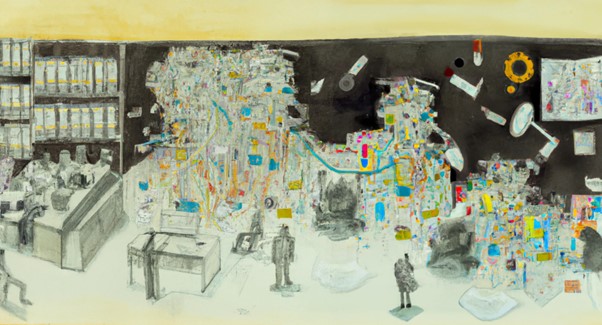
From climate change to inequalities: Exploring the societal value of social-media for understanding public concerns and the perceptions of anthropogenic phenomena at a time when user data is increasingly monetized.
Web weaves lives, spheres interlace, online's intimate embrace reshapes human space.
In the last two decades, the Web has become a multilayered architecture for distributed communication that connects more than 5 billion human beings. Online communication is nowadays ubiquitous and permeates all spheres of our daily activities: from family relations to work activities; from hobbies to political propaganda; from volunteering to advocacy. Online communication is not simply answering a functional role related to people's insatiable need for information or gossip, it can trigger, permeate and shape intimate spheres of our life, producing profound and widespread transformations at the individual and collective level, shaping our identities, understandings, beliefs and preferences.
The diffusion of smartphones and of social media apps, has rendered communication increasingly multimodal and multimedial. Through our online posting activity, social, cultural, political and economic phenomena can get easily intertwined and percolate from physical to virtual spaces. For example, they can flow from news platforms to social media, to markets and back again to the physical world, affecting its abundances and famines.
On the Web, what might seem volatile as, for example, an opinion about a natural event, like drought, or about a market phenomenon, like inflation, once published online starts acquiring a socio-cultural texture and physiognomy, by occupying and diffusing in a virtual space and by progressively acquiring a set of roles in relation to the online ecosystem in which it is uploaded. These online ecosystems, despite being virtual, are culturalized, socialized, politicized and commoditized, similarly to other environments in which humans operate. That is, they are endowed with morphologies characterizing the aforementioned dimensions of human systems, in which contents and interactions are embedded. Therefore, online posts on social media go far beyond the bits used to store their digitized information and multimedia contents, and are embedded into complex social, cultural, political and economic contexts, to which they are linked and with which they are entangled.
Opinions, preferences, and expectations, as well as expectations of others’ opinions, preferences and expectations, can heavily impact human systems and their institutions, such as markets or governance bodies, affecting their functioning, stability and outcomes. For example, in a few hours, a short video posted on snapchat capturing a clash between police and activists protesting against the inaction of their government in relation to rising inequalities caused by extreme weather events, will be observed, probably in real time, by multiple journalists and bloggers around the globe, some of which will rapidly publish polarizing or clickbait online articles on the subject, which could give rise to the outrage of a broader section of the population that will read them, which will probably express their reactions, feelings and expectations through another cascade of posts and comments on their preferred platforms, which, if not rapidly addressed by competent and reactive institutions, could produce broader social tensions, both in the digital and in the physical space, potentially creating a conflict spiral.
Private platforms gain, Twitter's X-changes reign, Blue checks cost, trust is lost, shifts in the digital domain.
Most of the social media platforms, in which phenomena like the aforementioned spark and propagate, being private, aim to expand their profits and acquire new market quotas. Hence they operate for increasing actual and projected revenue streams. Recent changes of Twitter, now also referred to as X, teach us that, in a few months, online platforms can drastically change in terms of business models, social interaction architectures, transparency, data access policies and search-engine algorithms. These changes may in turn affect the views, incentives to communicate and interaction patterns of their userbases.
For example, among the many changes implemented by Twitter in recent months, one of the most significant is the decision to monetize the system of verified users, those with the blue checks in their profile, who now have also to pay a subscription for displaying this badge, which was previously a fair signal of the trustworthiness of Twitter sources, independently from users’ willingness and possibility to pay for it.
Among the many negative effects of this change, one, illustrated in this (https://www.washingtonpost.com/technology/2023/02/22/russian-propagandists-said-buy-twitter-blue-check-verifications) Washington Post’s article authored by Joseph Menn, is certainly a noteworthy example of the type of users that could be attracted by, and benefit the most from, these recent changes. The article’s title: “Russian propagandists are buying Twitter blue-check verifications”, speaks for itself.
Will this change, related to a new monetization strategy, destroy or bias the informative value of Twitter's blue check? If so, will the consumption of information generated by verified users change? and will Twitter users’ views be increasingly affected by “blue checked” partisan sources, which may want to afford the price of this subscription because of the benefits they derive from being labeled as verified sources? Is Twitter closing an eye, by allowing opaque profiles to display blue checks, only for a financial gain? Is this conflict of interest, due to Twitter’s incentive to maintain some opaque verified-user catchment areas, reshaping online debates in democratic countries?
Until mid-June 2023, with Twitter data freely accessible for academic research, a team of social scientists could have easily investigated these questions, to understand what is going on and to hence explain their findings to citizens, public institutions and civil society.
(End of Chapter 1 – What effects had theTwitter/X changes? Discover them in Chapter 2!)
More Articles

Study without ChatGPT… to work more wisely with AI
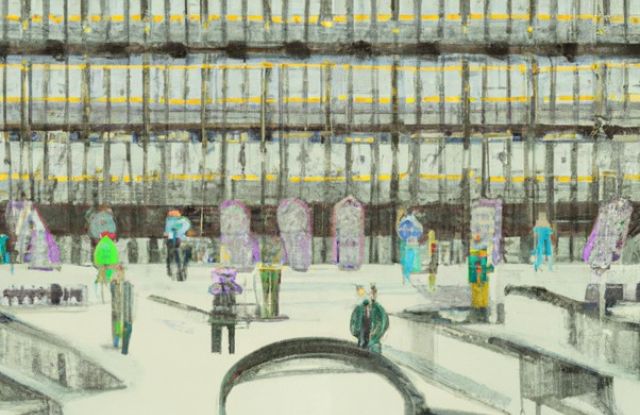
From digital archives to online observatories, the peaks and chasms of social-media based research Pt.3
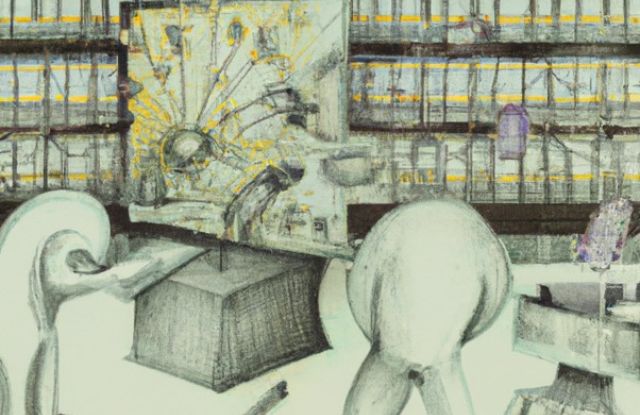
From digital archives to online observatories, the peaks and chasms of social-media based research Pt.2

A Digital Assistant for Scientific Discovery in the Social Sciences and Humanities

Narrativizing Knowledge Graphs

Economists’ inequality narratives (on Twitter) before and after the COVID-19 outbreak
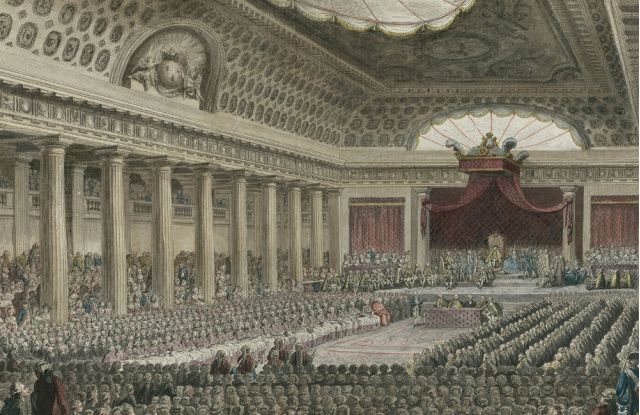
Making sense of events within a story
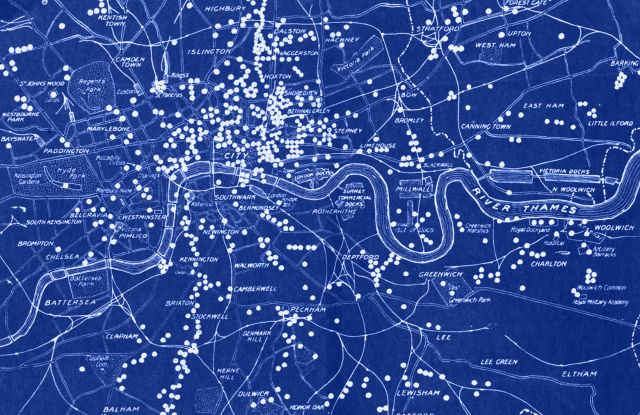
Talking (online) about inequality: Towards an observatory on inequality narratives
